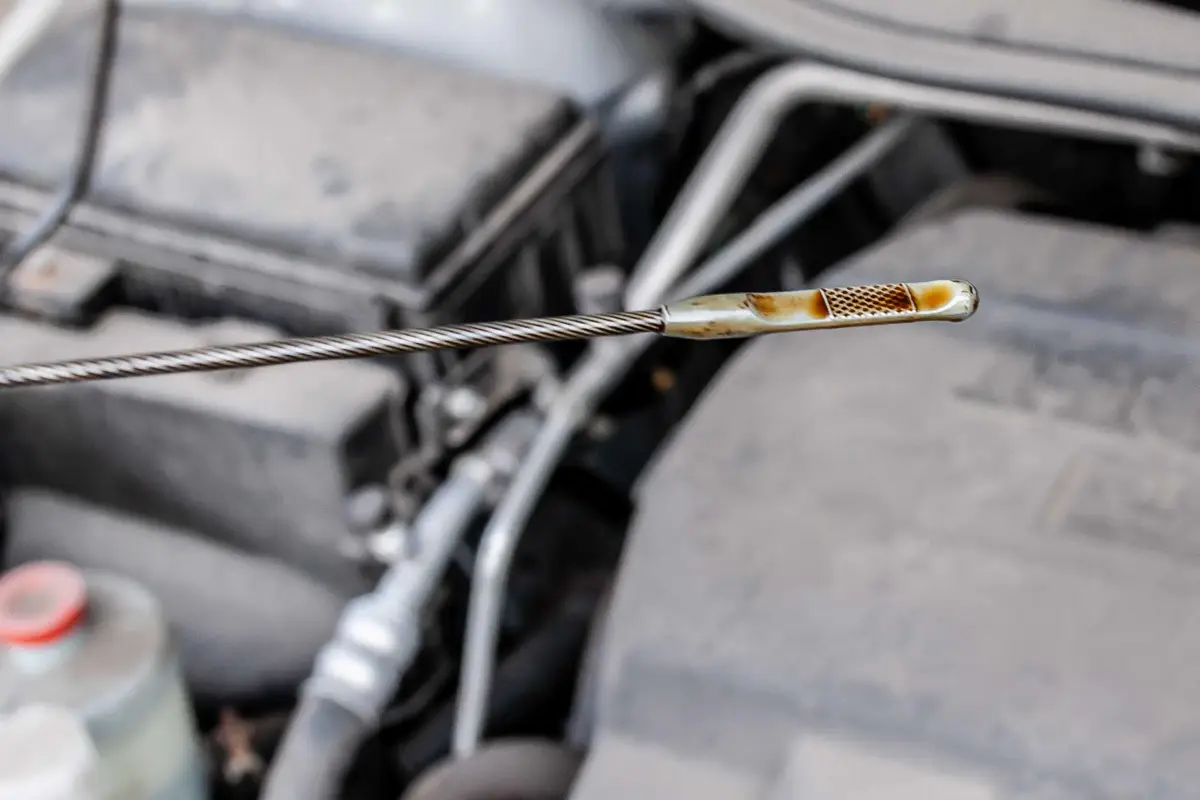Coronavirus Car Care: How to Keep Your Unused Car Healthy During a Stay-at-Home Order


As Americans hunkered down at home through much of 2020, the cars, trucks and SUVs that normally see daily use sat idle on streets and in garages. Many of these vehicles are still going unused for long stretches of time.
Related: Coronavirus and Cars: Can I Get My Car Fixed During a Shelter-in-Place Order?
- ${price_badge()}
- ${ami_badge()}
- ${battery_badge()}${ev_report_link()}
- ${hot_car_badge()}
- ${award_badge()}
- ${cpo_badge()}
${price_badge_description}
${ami_badge_description}
The EV Battery Rating is based on this vehicle's current expected range relative to the vehicles expected range when new. ${battery_badge_text}
Certified cars are manufacturer warrantied and typically go through a rigorous multi-point inspection.
This car is likely to sell soon based on the price, features, and condition.
${award_blurb}
${award_two_blurb}
Shop the 2020 Hyundai Palisade near you


When it comes to cars, lack of regular use can lead to problems. We reached out to some automotive service experts to understand what the biggest potential problems are and what steps you can take to prevent them. Here’s what we learned.
Will My Car Battery Die if I Don’t Drive My Car?
The experts we contacted agreed that your car’s 12-volt battery is the vehicle system that’s most susceptible to inactivity-induced problems.
“Today’s high-tech vehicles often have multiple computers that are always on and monitoring the car’s systems,” said Steven Greenspan, an instructor at Universal Technical Institute, in an email. “These computers do absorb energy, and if a car is sitting and not recharging, the battery can die within two weeks.”

To avoid a dead battery, you can start your car once a week and let it run for about 5-10 minutes. (If your car is parked in a garage, be sure to do this with the garage door open to ensure proper ventilation for exhaust fumes.) Alternatively, a battery tender will help maintain your battery at its proper voltage — just be sure to disconnect it before you drive anywhere. And if you do go out to your car and it won’t start, AAA and other auto insurance companies are still offering roadside assistance.
Will the Gas in My Car Go Bad?
Gasoline degrades over time, but modern sealed fuel systems help minimize fuel oxidation and preserve fuel life, according to Dave Cappert, executive director of the National Institute for Automotive Service Excellence. Even so, expert estimates on how long gas will last vary considerably — from a month and a half to half a year. However, the latter assumes a full tank, which helps reduce gas-tank condensation.
If you’re especially concerned about your car’s gas going bad, you can treat it with a fuel stabilizer, which can extend the life of the fuel for up to two years.
Should I Be Worried About My Car’s Brakes?
When you’re not driving your car, rust can form on the brake rotors — especially if it’s parked outside and exposed to the elements.
“It doesn’t really take long,” Cappert said. It’s just “a matter of days to see a film or rust starting to build up on it.”
When you drive, this rust can get into the brake-pad lining and result in noise, uneven braking and brake-pedal pulsation, according to Cappert. However, if you’re able to take a brief drive once a week, you can minimize rust buildup.

The parking brake can also create problems — if it’s been set for a while, it may be difficult to release, according to Cappert. But like your car’s regular brakes, you can keep it in good operating condition through regular use.
Applying and releasing your parking brake helps “because the large amount of parking brakes today are cable-activated,” Cappert said.
Should I Check My Car’s Tire Pressure?
Proper tire pressure is important for your vehicle’s performance, safety and gas mileage, and it even helps your tires wear evenly.
“Tires naturally lose air, so it is a good idea to frequently check the tire pressure and to maintain the manufacturer’s recommendations for tire pressure,” Greenspan said.

Cars that are stationary for a prolonged period are also at risk of developing flat spots on their tires. Like some of the other systems we’ve discussed, taking your car for a brief drive can help prevent this, but you can also add a little extra air to your tires if you know your car won’t be moving for a bit.
One good practice is to add 5 to 10 pounds of air more than you would,” said David Bennett, manager of repair systems at AAA. “This will help prevent a flat spot on the tire.”
Of course, before you do drive again, you’ll need to set the tires to their recommended pressure, which can be found on the sticker on the driver’s doorjamb (not the tire sidewall, which shows the tire’s maximum pressure).
Can I Delay an Oil Change if I’m Not Driving My Car?
Driving less due to a stay-at-home order doesn’t necessarily mean you should push back your oil change interval.
“If a car is sitting and not being driven regularly, the oil will deteriorate due to temperature fluctuations,” Greenspan said.
If you’re wondering how long you can go between oil changes when you don’t reach the mileage interval, check your owner’s manual for the maximum time.

More From Cars.com:
- Amid Coronavirus Pandemic Uncertainty, Automakers Offer Peace of Mind Via Payment Relief
- Can I Visit the DMV or Get an Emissions Test Under a Coronavirus Shelter-in-Place Order or Business Closures?
- Coronavirus and Cars: What If My Lease Runs Out While Dealerships Are Closed?
- Need to Buy a Car During the COVID-19 Coronavirus Outbreak? Read This Before You Do
- Best Cheap New and Used Cars for Riding Out the Coronavirus Pandemic
Anything Else I Should Know About?
Cappert had a few other suggestions for keeping a stationary car in good shape:
- If you park outside, try to avoid parking under a tree as debris can get caught in your car’s ductwork and harm your blower motor.
- If you run your car for a bit to charge its battery, put the air-conditioning system through its paces, too, even if it isn’t hot outside. Also, leave the recirculation control in the open position so the cabin can air out.
- Look under the hood and in the trunk to make sure an animal isn’t nesting in your car, especially if you park outside. (The humane approach is to do so before you start the engine after several days.)
Even though the No. 1 thing you can do to take care of your stationary car — driving it — is the thing that’s hardest for many people across the country, taking the above steps can help make sure your car is ready to go when we’re able to get back to driving.
Editor’s note: This story was updated Dec. 2, 2020, to clarify details around the COVID-19 pandemic. While we hope to help you, Cars.com is not responsible for any injury or damage that may occur to you or your vehicle by following the steps above.
Cars.com’s Editorial department is your source for automotive news and reviews. In line with Cars.com’s long-standing ethics policy, editors and reviewers don’t accept gifts or free trips from automakers. The Editorial department is independent of Cars.com’s advertising, sales and sponsored content departments.

Mike Hanley has more than 20 years of experience reporting on the auto industry. His primary focus is new vehicles, and he's currently a Senior Road Test Editor overseeing expert car reviews and comparison tests. He previously managed Editorial content in the Cars.com Research section.
Featured stories



